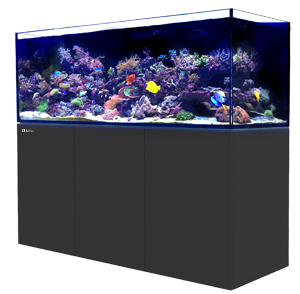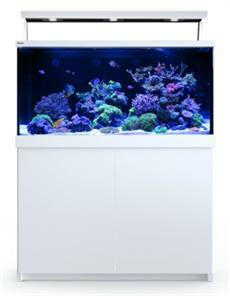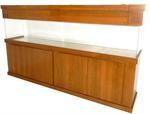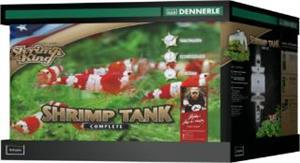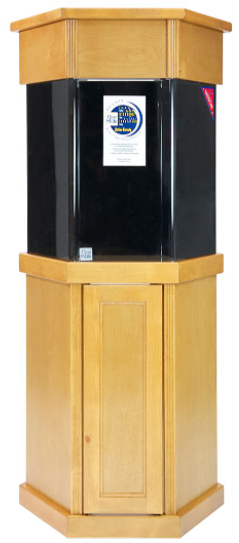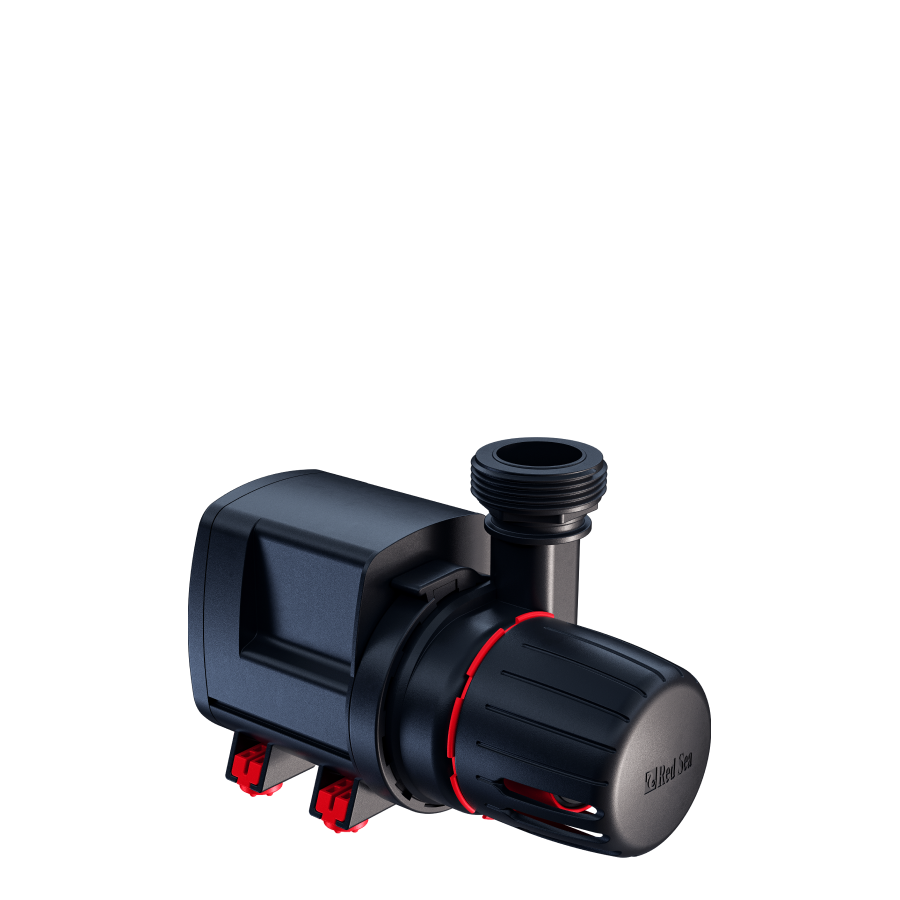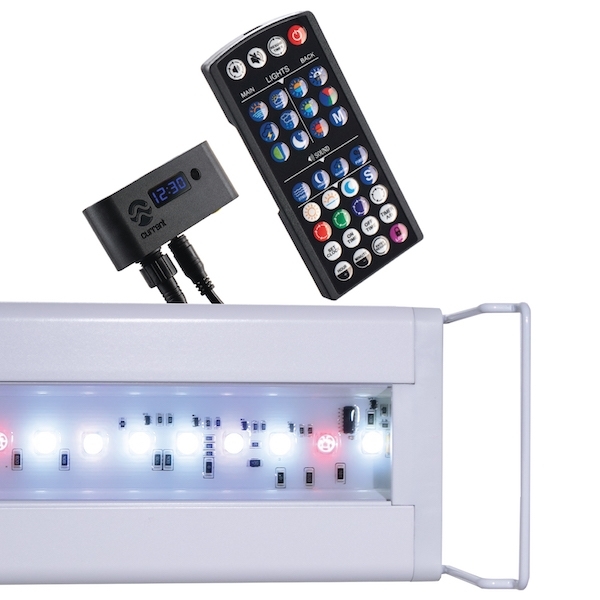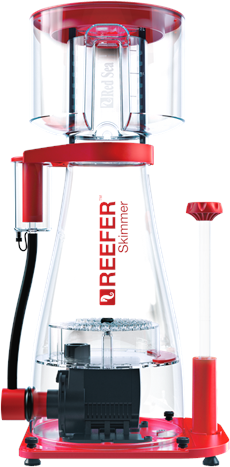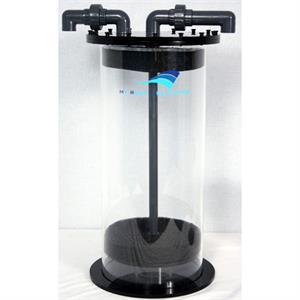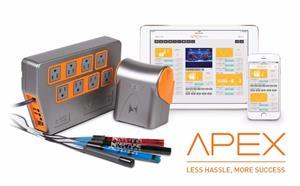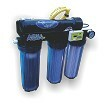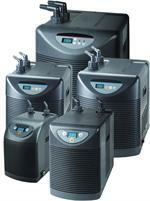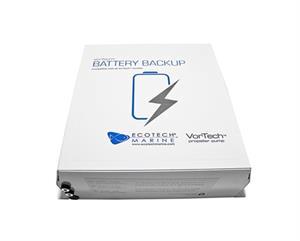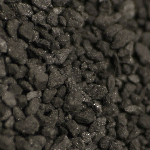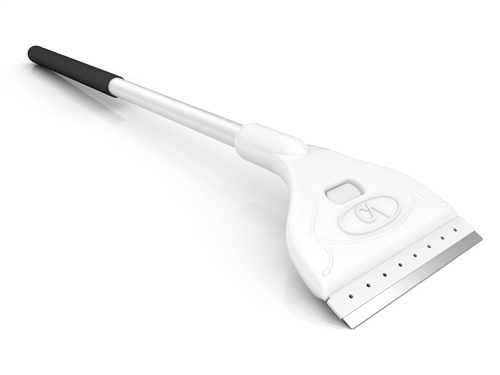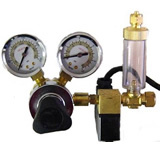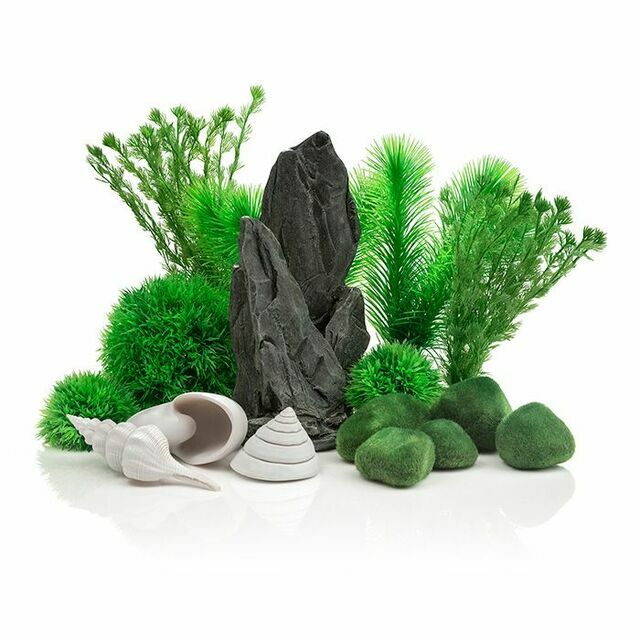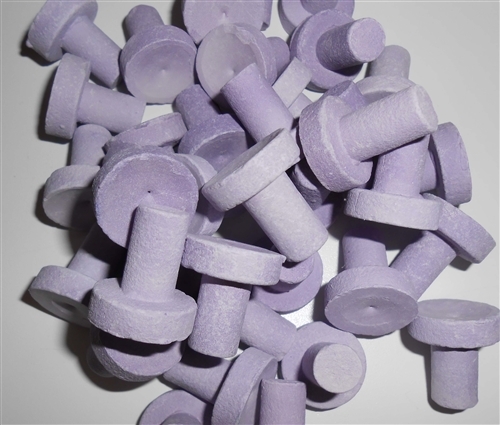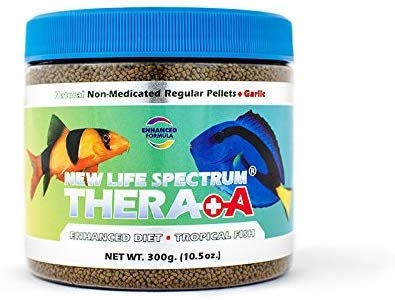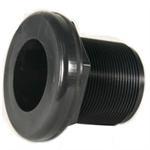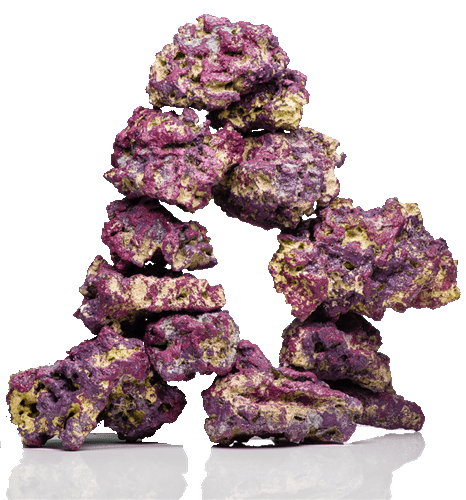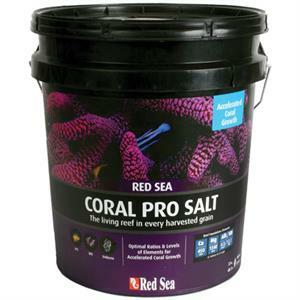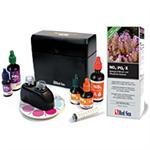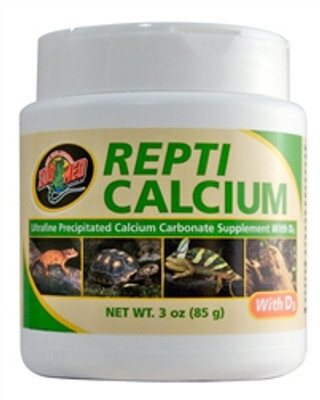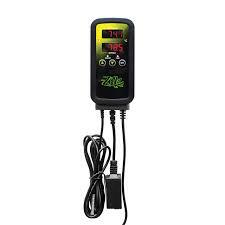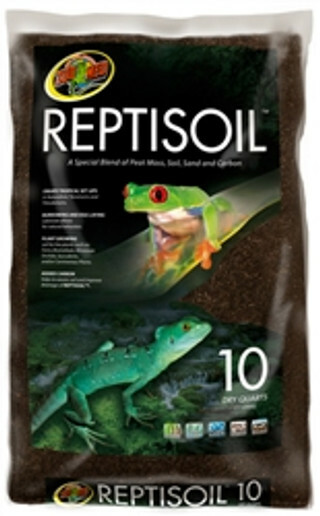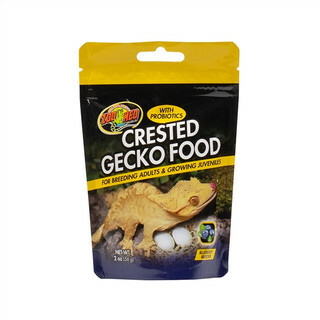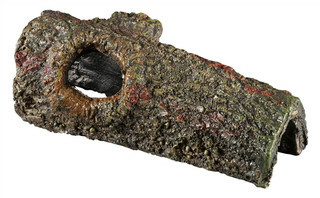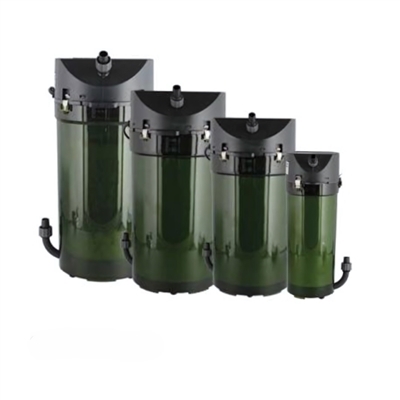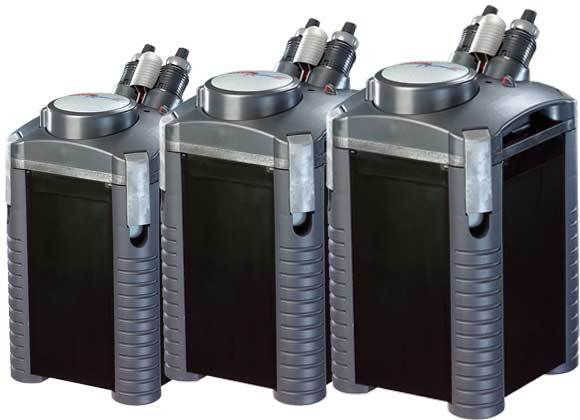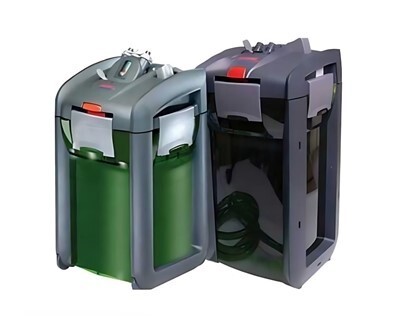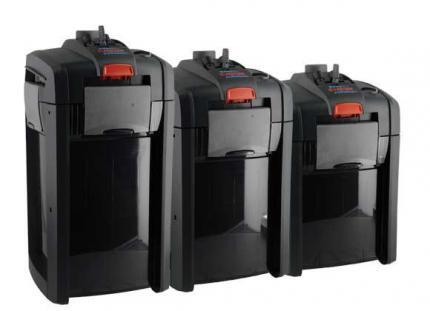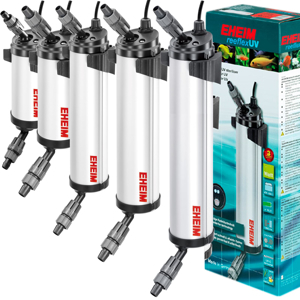How to Pick the Right Size Fish Tank for Your Home
Fish Tanks Direct on Nov 14th 2024
Choosing the right size fish tank for your home is an important decision. A tank that’s too small can stress your fish and require frequent maintenance, while a tank that’s too large might be hard to manage and fit in your space. Finding the perfect balance is key to creating a healthy and beautiful aquarium.
In this article, we’ll walk you through the process of selecting the right size fish tank for your home. From assessing your space and budget to understanding the benefits of different tank sizes and matching them to your fish's needs, we’ll cover everything you need to make an informed choice.
Determining Your Space and Budget
Before diving into the world of fish tanks, start by examining the space available in your home. The location for your tank should be sturdy and able to support the weight of an aquarium filled with water, gravel, and decorations. Remember, water is heavy—one gallon weighs about 8.34 pounds. Calculate how much weight your chosen spot can hold to avoid any mishaps.
Measure the dimensions of the intended space carefully. Factor in the room for accessories like filters, heaters, and lights. Don’t forget to leave space around the tank for maintenance. Accessibility is crucial for changing the water, cleaning the tank, and feeding your fish. A cramped area can make these tasks more challenging.
Next, consider your budget. Fish tanks come in various sizes and the cost increases with the size and complexity. Smaller tanks might be less expensive initially but can require more frequent water changes and careful monitoring.
Larger tanks offer a more stable environment but come with higher upfront costs and potential ongoing expenses. Include the cost of equipment, such as filters, heaters, lights, and water conditioners, in your total budget. Plan accordingly to ensure you can afford not just the tank but everything needed to maintain a healthy aquarium.
Understanding Different Tank Sizes and Their Benefits
Fish tanks come in a variety of sizes, each offering unique benefits. Understanding these can help you make an informed choice based on your needs and limitations.
1. Small Tanks (1-10 Gallons): These tanks are perfect for beginners or those with limited space. They are easy to fit on a countertop or a small table. However, small tanks can be challenging to maintain as the water parameters can change quickly. They are suitable for small fish or shrimp but require more frequent care and monitoring.
2. Medium Tanks (11-30 Gallons): Medium tanks strike a balance between size and maintenance. They offer more stability than smaller tanks, making it easier to maintain water quality. These tanks can house a wider variety of fish and plants. They also provide enough space to create interesting underwater landscapes without taking up too much room in your home.
3. Large Tanks (31-75 Gallons): Large tanks are ideal for serious hobbyists. They provide ample space for a diverse community of fish and intricate decorations. The larger water volume helps maintain stable water conditions, which is beneficial for the inhabitants. However, they require a sturdy stand, a larger initial investment, and more comprehensive maintenance equipment.
4. Extra-Large Tanks (76+ Gallons): These tanks are the best for those looking to create expansive underwater ecosystems. They can house larger fish and more complex setups. Extra-large tanks offer the most stable environment due to the significant water volume. Keep in mind, these tanks need substantial space and commitment for upkeep.
Matching Tank Size to Fish and Equipment Needs
Selecting the right fish tank size goes hand-in-hand with the type of fish you plan to keep and the equipment you need. Different fish have different space requirements. For example, small fish like guppies and tetras do well in smaller tanks, while larger species like angelfish or gouramis need more room to swim and grow comfortably. Additionally, schooling fish require more space as they need to move in groups.
Larger tanks generally make it easier to maintain stable water parameters, especially for more sensitive fish. The more water volume you have, the less impact waste, food, and chemical changes will have. This stability is crucial for a healthy tank environment and for reducing stress on your fish.
The equipment you choose should correspond to the tank size. Filters need to be powerful enough to handle the tank's volume, and heaters must be suitable for the amount of water to ensure consistent temperature control. Lighting is another factor, especially if you have live plants that require specific light conditions to thrive.
Consider where these pieces of equipment will go and how they'll affect the overall setup. Some tanks come with built-in compartments for filters and heaters, while others will need external setups. Matching your fish and equipment needs to your tank size ensures a balanced, healthy environment that is easier to manage.
Tips for Setting Up Your Chosen Tank Size
Setting up your fish tank correctly from the start can save you a lot of trouble down the line. Here are some tips to help you set up your chosen tank size efficiently:
1. Secure the Foundation: Ensure your tank is placed on a sturdy, level stand that can support its full weight. For larger tanks, use a specially designed aquarium stand.
2. Clean the Tank and Equipment: Rinse the tank, gravel, and decorations with water to remove dust. Avoid using soap or chemicals, as they can be harmful to fish.
3. Add Substrate and Decorations: Lay down the substrate, such as gravel or sand, evenly across the tank bottom. Arrange decorations like rocks, driftwood, and plants to create a natural environment.
4. Install Equipment: Position your filter, heater, and lighting according to the manufacturer’s instructions. Make sure the filter is set up correctly, and the heater is placed where it can evenly distribute heat.
5. Fill the Tank with Water: Slowly fill the tank with water to avoid disturbing the substrate. Use a water conditioner to remove chlorine and other harmful chemicals from tap water.
6. Cycle the Tank: Before adding fish, cycle your tank to establish beneficial bacteria. This process can take several weeks but is crucial for breaking down waste and maintaining water quality.
7. Monitor and Adjust: Keep an eye on the water parameters like pH, ammonia, nitrites, and nitrates. Make necessary adjustments to ensure a stable and healthy environment.
Conclusion
Choosing the right size fish tank is a critical step in creating a thriving aquatic environment. By assessing your space and budget, understanding the benefits of different tank sizes, matching the tank to your fish and equipment needs, and setting it up properly, you can ensure that your aquarium will be a source of joy and relaxation.
Are you ready to find the perfect aquarium in Venice, FL? Explore our selection of tanks and aquarium equipment at Fish Tanks Direct and start building your ideal underwater world. Shop now and make the best choice for your aquatic friends!

